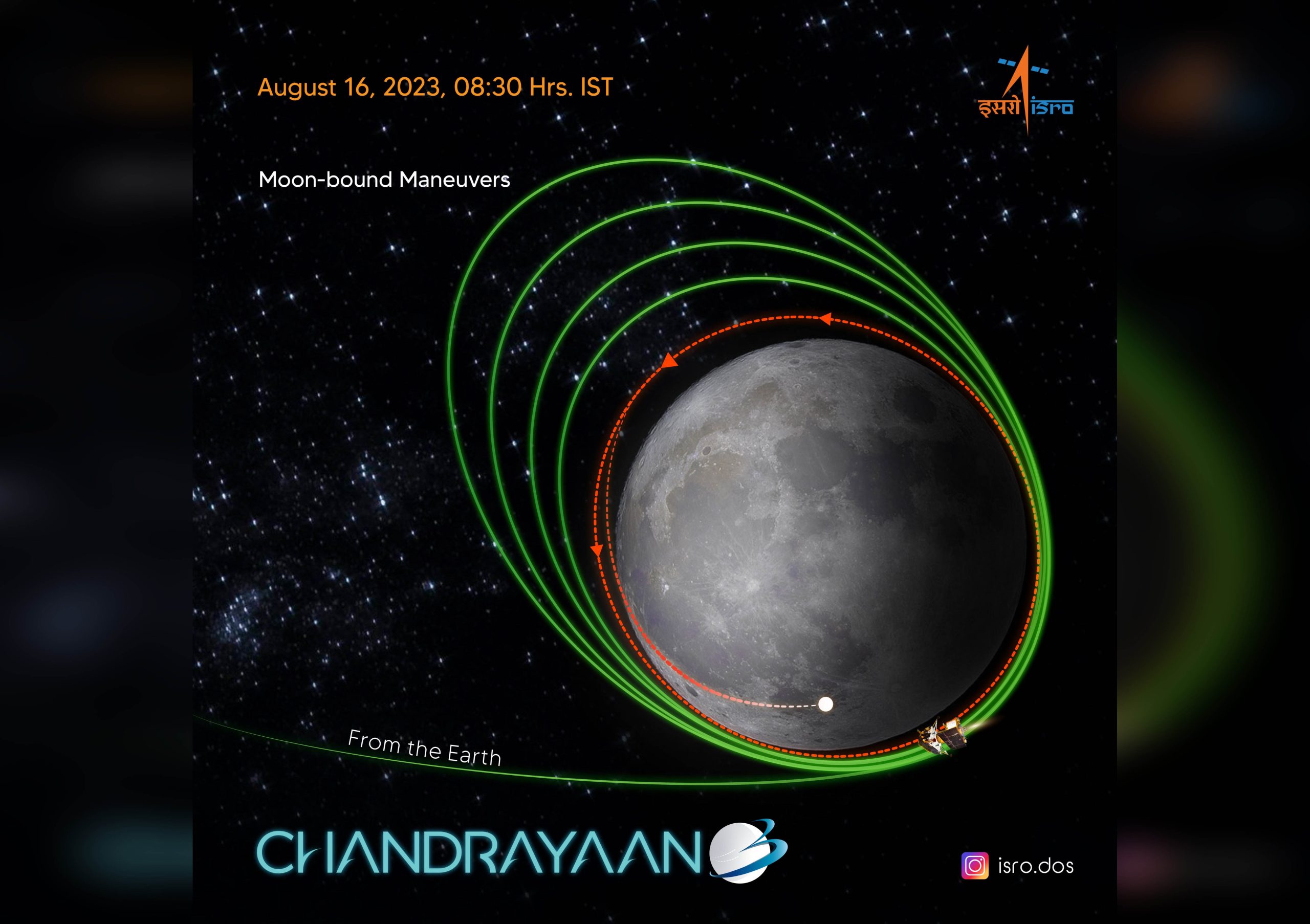New Delhi, Aug 17: The race to the uncharted south pole of the moon is quickening with India’s Chandrayaan-3 and Russia’s Luna-25 gearing up for lunar landings next week, each mission holding significant implications beyond the thrilling competition in the skies.
While Chandrayaan-3 plans to be the first to land on the moon’s south pole, Luna-25’s swift trajectory has cast new light, say experts as anticipation builds up. The proximity, possible overlap, of their landing dates — August 21-23 for Luna-25 and August 23-24 for Chandrayaan-3 — has intensified global attention.
Chandrayaan-3, the third mission in India’s lunar exploration series, began its journey on July 14 and successfully entered lunar orbit on August 5. It is meticulously adjusting its orbit in preparation for a soft landing attempt within 40 days of launch.
Russia, which is making a momentous return to lunar exploration, its first in almost five decades since the iconic Soviet-era Luna-24 mission in 1976, launched Luna-25 on August 10. It is taking a more direct trajectory to the moon, potentially allowing it to attempt a landing as early as August 21, about 11 days.
The rapid journey is attributed to the mission’s lightweight design and efficient fuel storage, enabling it to take a shorter path to its destination.
“Will the race make a difference? In the grand scope of cosmic exploration, the order of arrival may not significantly alter the lunar landscape. Yet, the knowledge gained from each mission will enrich our understanding of the moon’s past and potential. The value lies in the sum of our combined efforts,” Chrisphin Karthick, scientist at Bangalore’s Indian Institute of Astrophysics, said.
A key factor in the differing arrival times of the two missions is their respective mass and fuel efficiency. Luna-25 has a leaner lift-off mass of only 1,750 kilograms, significantly lighter than Chandrayaan-3’s 3,800 kg. This reduced mass allows Luna-25 to accelerate more effectively, according to India’s space agency ISRO.
Moreover, Luna-25’s surplus fuel storage eliminates fuel efficiency concerns, enabling it to undertake a more direct route, explained former ISRO chairperson Dr K Sivan. In contrast, Chandrayaan-3’s fuel-carrying capacity constraints required a more circuitous route to the moon.
The spacecraft’s orbit was incrementally increased through a series of manoeuvres before being slingshot towards the moon, culminating in its lunar orbit nearly 22 days after launch.
A crucial factor affecting the timing of these spacecraft landings is the path of the sun across the sky, the scientists said. The sun needs to be rising over the spots these probes are set to touch down on.
“I’m pleased to see Russia also embarking on a moon mission. Global participation in space exploration amplifies the human spirit of curiosity and discovery,” Sivan said.(Agencies)
Trending Now
E-Paper


